Few historical figures are quite as pervasive as the ancient Greek goddess Aphrodite. She's the lover of the god of war, Ares, mother to Adonis, and known as Venus to the Romans. It’s easy to understand why this mythological character has broken the bonds of time and continues to enchant into the 21st century.
Aphrodite was the goddess of love and beauty, passion and pleasure, and of course, fertility. Although she was also associated with the ocean—having been born from the foam of the sea, she was deemed a goddess of war by some of the more aggressive worshippers. During the classical period she was predominantly known as the patron of courtesans, cementing her reputation as a goddess of passion and romance.
Her origins can be traced back to civilizations preceding the Greeks, including the Phoenicians, the Mesopotamians, and the Sumerians. She is also known by her later Roman incarnation of Venus. Aphrodite was so lovely, that only the three virgin goddesses Artemis, Athena, and Hestia were immune to her beguiling beauty, charm and power.
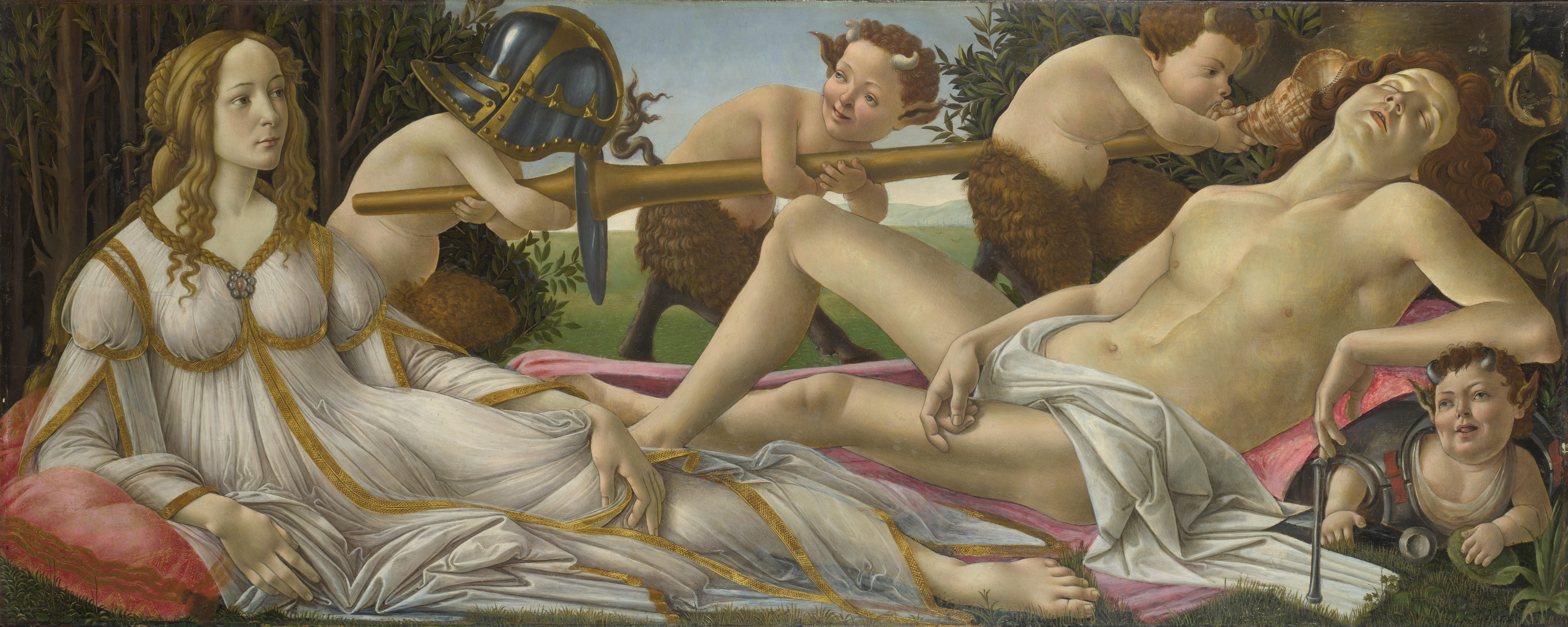
“Venus and Mars” by Sandro Botticelli, Wikimedia Commons
The Power Of Love
From the ancient world to today, love is one of the most common metaphors used in art. Many of the masters, Filippo Lippi, Jean Honore Fragonard, Édouard Manet, Jean Auguste Dominique Ingres, Jacques Louis David, Sandro Botticelli, William Adolphe Bouguereau—just to name a few, created some of their greatest works of art with “love” as the central theme. It’s no wonder, then, that the goddess of love and fertility is so frequently represented in art. It’s said that no other ancient Greek god has been depicted as many times. According to Plato, Venus was both an earthly goddess arousing humans to engage in love, and she was a goddess of the heavens who inspired more of an intellectual kind of love. However she’s interpreted, there’s no question that she has remained in the hearts and minds of humans for millennia.
Aphrodite In Classical Art
Early depictions of Aphrodite lacked the distinguishing features that define her today. Before the 5th century BCE, she was seen wearing clothes, and not necessarily made more attractive than other works depicting women. That changed when Praxiteles sculpted her for the Cnidians, creating one of the most famous sculptures of her to this day. It’s considered the first full-scale female nude and went on to serve as the model for the famous Venus de Milo, which famously resides in the Louvre Museum in Paris. That depiction gave way to Aphrodite being represented as naked, nubile, and irresistibly attractive.
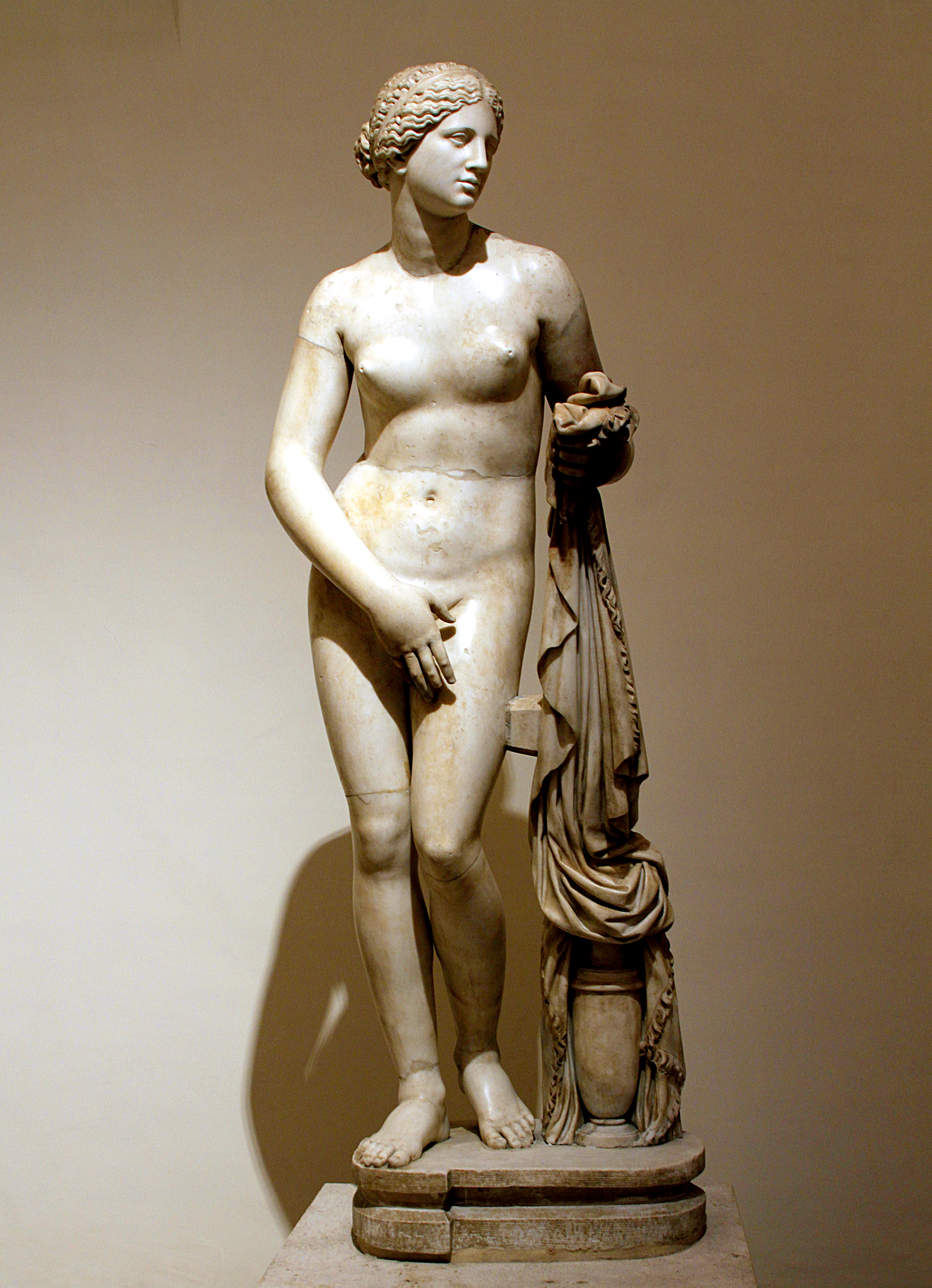
Aphrodite Knidos (Cnidus), Praxiteles of Athens around the 4th century BC, Wikimedia Commons
Before Greek sculptures of Aphrodite came about, Aphrodite could be found in many forms of art seated with other gods or riding in a chariot while standing. After 400 BCE is when her clothes came off in statues, though not yet in vase painting. Beyond Praxiteles’ nude depiction, Aphrodite can also be seen partially draped or crouching in the nude in other statues. No matter how she is arranged, she has served as further inspiration for subsequent post classical representations.
The Renaissance of Aphrodite
Several centuries later, Aphrodite reemerged as a central figure in the Italian Renaissance, capturing the duality of sacred and profane love. Titian’s oil painting “Sacred and Profane Love” created in 1514 is the most famous example of the role she played at this time. It is now in the Borghese Gallery in Rome.
Sandro Botticelli also appeared to have a particular fascination with the goddess of love, depicting her in his renowned work, “Primavera”, created in the 1470s or 1480s. This painting is perhaps one of the most written about, famous paintings in Western Art. Though Aphrodite, or Venus, is not the only figure in the large panel painting, she is at the center of the action, fully clothed and surrounded by a pastoral arch crowned by a cupid.
His later painting, “The Birth of Venus” is even more well-known than its predecessor. The 1485 painting resides in the Uffizi Gallery in Florence, and shows her red-haired and naked, standing in a giant scallop shell. This is a reference to her sea origins. Like other artistic representations of her, her birth shows her as emerging from the ocean fully grown, having never experienced childhood.
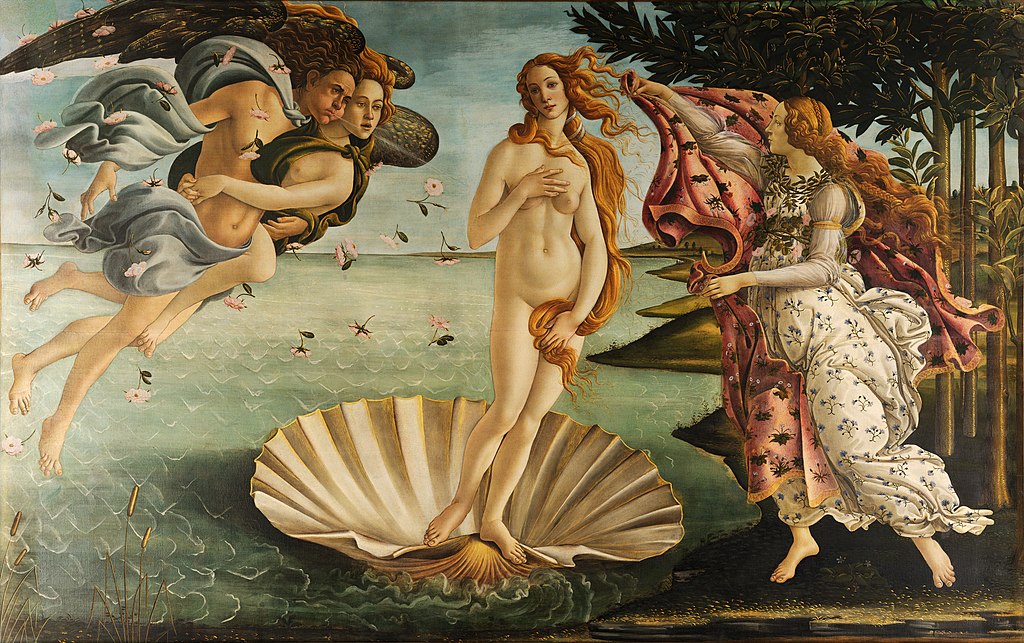
“The Birth of Venus” by Sandro Botticelli, Wikimedia Commons
Titian again depicted her in “Venus Anadyomene” in 1525, while Raphael included her in a 1516 painting in the “Stufetta del cardinal Bibbiena”, a small room in the Vatican. Aggregating every single painting, mural, or other artwork depicting Aphrodite during this time would likely take a lifetime of focus and work, given her enduring beauty and relevance to the world.
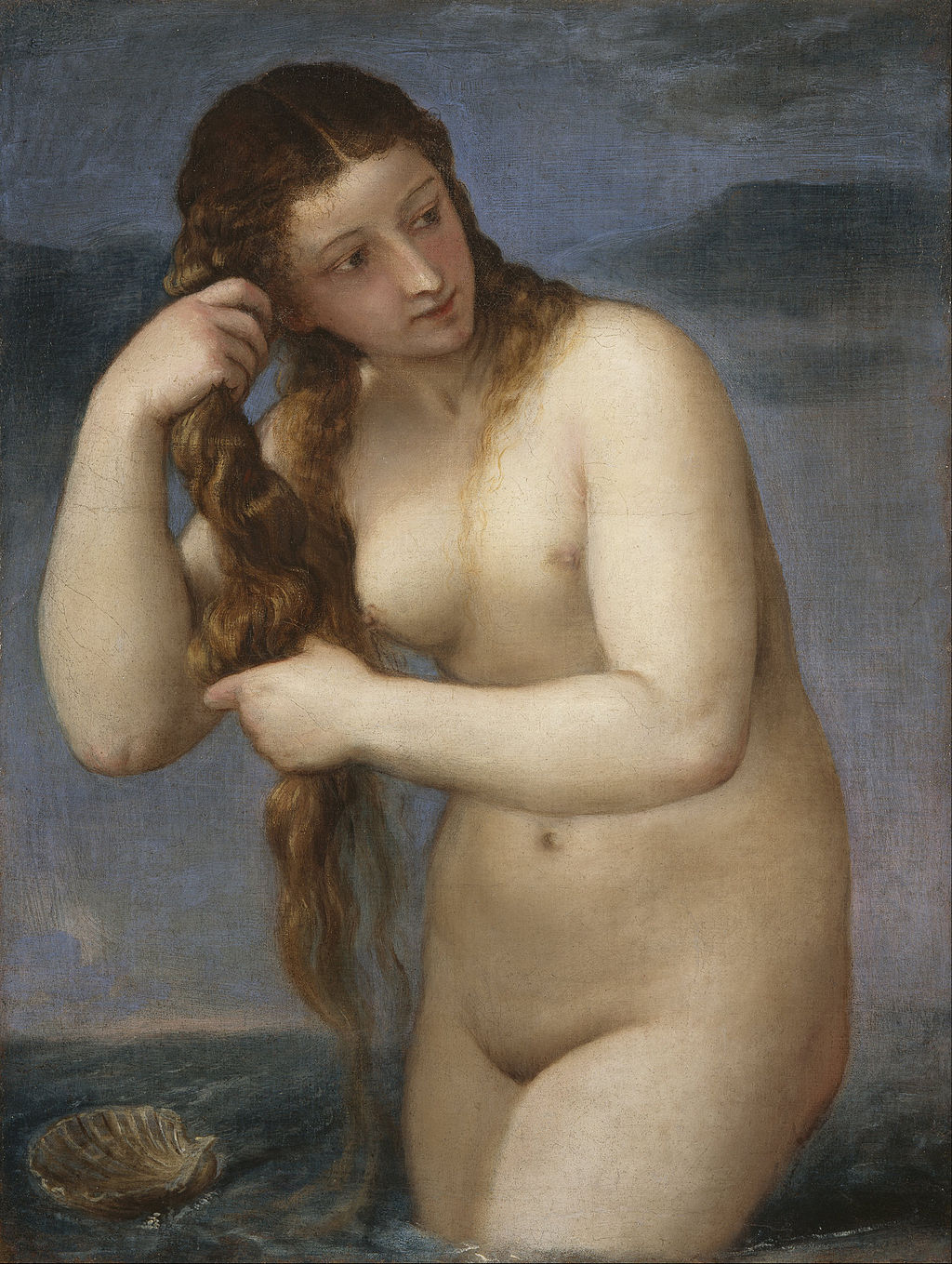
“Venus Anadyomene” by Tiziano Vecellio (Titian), Wikimedia Commons
Aphrodite Today
Aphrodite’s depictions were not limited to the classical period or the Italian Renaissance alone. She became a favorite subject of nineteenth-century French academic artists as well, appearing in two paintings by Antoine Watteau: “Pilgrimage to the Island of Cythera”, a 1717 version that resides in Paris, and a second version painted the following year which is in Berlin. In 1863, Alexandre Cabanel was highly acclaimed at the Paris Salon for his own painting, “The Birth of Venus”, immediately bought by Emperor Napoleon III. In 1865, Édouard Manet's "Olympia" parodied the academic painters’ nude Venuses. Meanwhile in Russia, Ivan Konstantinovich Aivazovsky painted “The Birth of Aphrodite” in 1887.
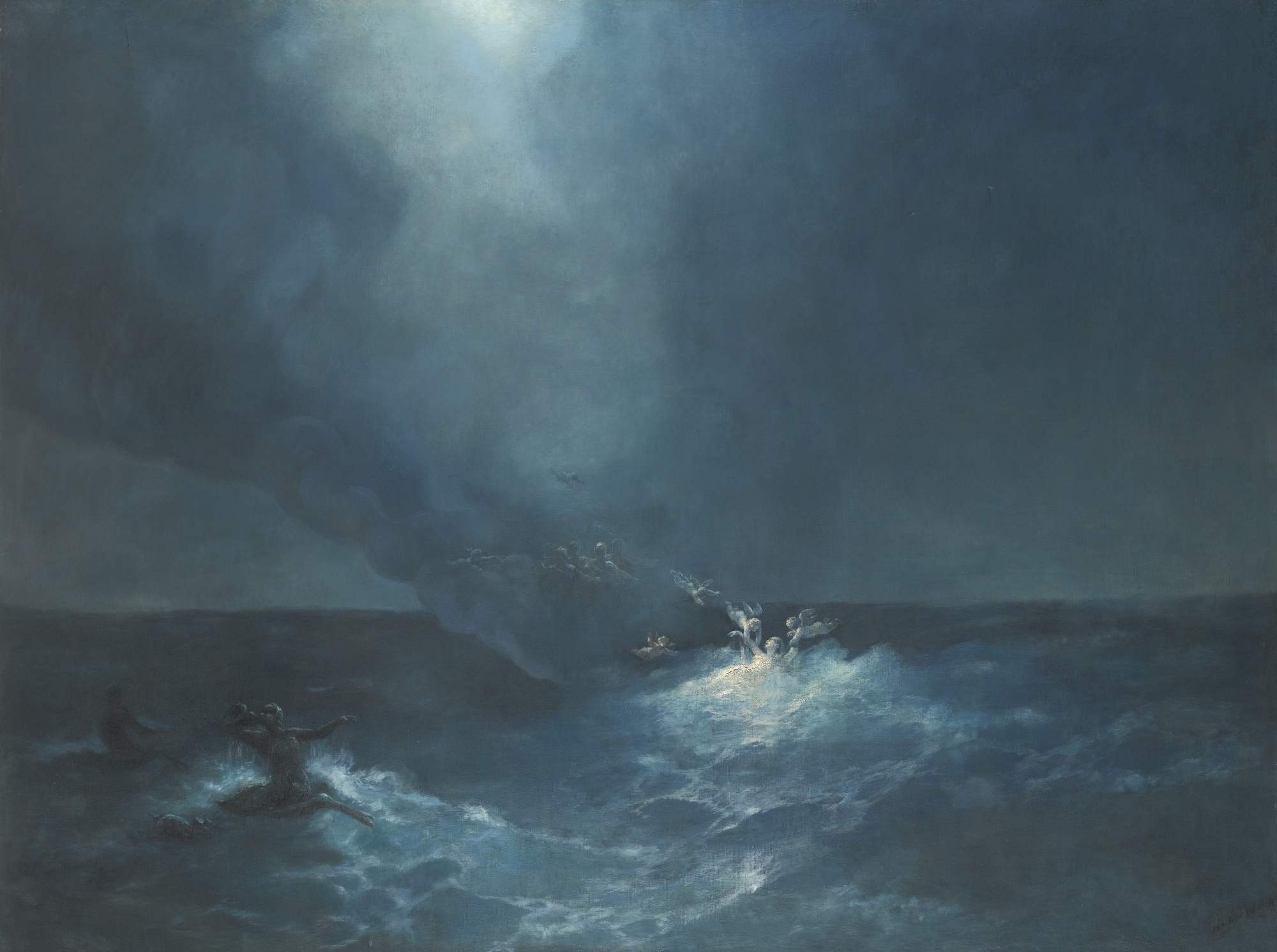
“The Birth of Aphrodite” by Ivan Aivazovsky, Wikimedia Commons
Modern depictions of Aphrodite would be just as challenging to fully aggregate and describe, given her continued pervasiveness in the cultural conversation. She remains a powerful figure when it comes to matters of the heart, and a deity that continues to be revered by those seeking her blessing in issues of fertility.
March 18th was designated as Goddess of Fertility Day because it’s just before the powerful spring equinox, and gives those who observe an opportunity to focus their intentions on life and rebirth, be it in a literal or figurative sense.
















